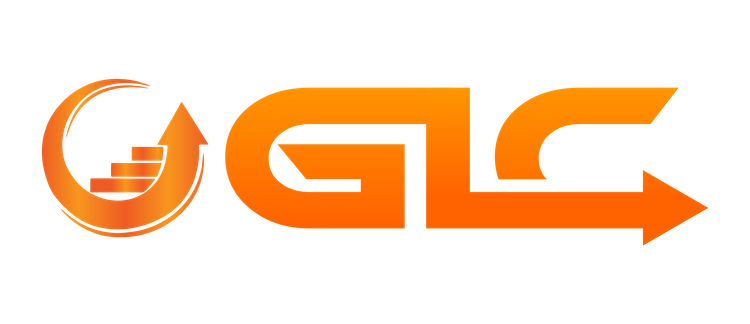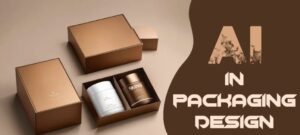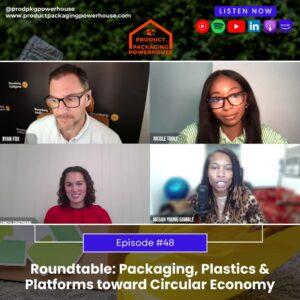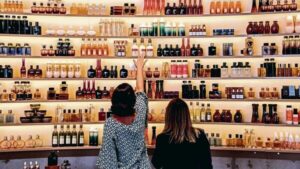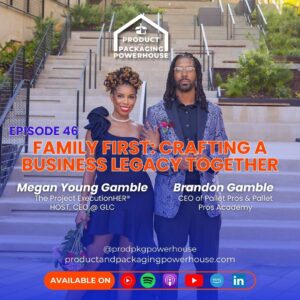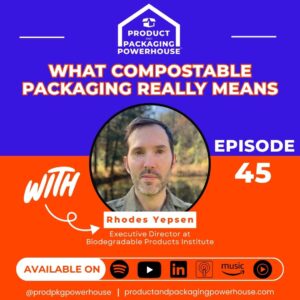What You’ll Learn from This Blog:
- Tariffs affect every layer of beauty – from ingredients to packaging
- Diversifying suppliers and standardizing packaging are no longer optional
- Speed alone won’t save you, strategic planning will
Note: This blog reflects tariff updates as of June 3rd, 2025.
Introduction :
Since returning from maternity leave, I’ve been diving back into the trenches – vendor calls, ESG initiatives, pricing models, and logistics. One word keeps surfacing in every conversation: tariffs. And not just in passing. Tariffs are now deeply embedded into nearly every part of the beauty supply chain from ingredient sourcing to shipping, and even how brands price their final products.
If you’re in the beauty space, you’re likely feeling it too. Whether you’re an indie brand manufacturing in batches or a global corporation running multiple SKUs, tariffs are silently, but significantly reshaping your cost structure, launch timelines, and consumer pricing. Tariffs aren’t just a number buried in import paperwork anymore, they’re baked into your moisturizer, your lipstick, your shipping bill, and yes, even your packaging.
🎙️ Curious how this plays out behind the scenes? Listen to my podcast episode on tariffs and their effect in the beauty industry here ….
🚨 BREAKING NEWS : (As of May 12th, President Trump slashed tariffs on Chinese goods from 145% to 30% for 90 days. Read more about it here)
In today’s global beauty business whether as a small indie label or a beauty powerhouse, chances are you’re importing packaging components or raw materials. Even if you’re proudly “Made in USA,” global sourcing is standard, and that means every layer of your product potentially could be impacted by tariffs.
1. From Lab to Shelf: The Domino Effect:
Let’s start where every product begins: the formula. Key ingredients like vanilla from Madagascar or jasmine from India now face U.S. tariffs of 10%, driving up costs from the start. Niacinamide and natural oils like jojoba and sunflower have become significantly more expensive too, with price hikes between 20% to 67%. The result? Labs are being forced to simplify formulas or swap out ingredients for more affordable, local alternatives. That means your favorite serum may not smell or feel the same. If you’re wondering how tariffs impact lab owners and product development, listen to our podcast titled “The Power of Formula Ownership” with Cynthia Johnson, Founder and CEO of Cindy J Cosmetic Labs, LLC, where she shares her take on owning formulas and navigating industry shifts.
🎧 For deeper insights on how labs are adapting, check out our podcast episode with Cynthia Johnson, CEO of Cindy J Cosmetic Labs, where she discusses formula ownership and tariff-related reformulations.
2. 📦Next comes Packaging and Components:
Packaging isn’t just an aesthetic decision, it’s a strategic one. Over 80% of global beauty packaging components (like PET bottles, droppers, aluminum pans, and folding cartons) are manufactured in China. With tariffs now swinging between 30% and 145%, sourcing packaging from China has become significantly more expensive, inconsistent, and unpredictable.
This forces brands to either absorb the higher cost or redesign packaging altogether. Some are experimenting with “China+1” sourcing strategies (adding secondary vendors in Vietnam or India), but such transitions often mean longer lead times, limited packaging innovation, and significant retooling costs.
For indie brands, the math is brutal: a once-$0.50 bottle could now cost $0.80 or more, multiplied across thousands of units, that’s a major hit.
3. Manufacturing & Distribution in Flux:
With finished goods from China also attracting tariffs up to 30%, many brands are reevaluating their manufacturing geography. The growing trend is “China+1”- a strategy to maintain Chinese production while building secondary capabilities in countries like Mexico, Vietnam, or India.
However, this shift introduces new complexities: production quality inconsistency, onboarding new factory partners, re-certifying packaging specs, and adjusting shipping schedules. For smaller brands, these aren’t just logistics changes, they’re existential decisions.
Some brands are parking goods in overseas warehouses to delay duty payment, but that creates new issues like storage costs, longer fulfillment windows, and stockout risk.
4. Shipping and logistics:
Even if you’ve secured ingredients and packaging, tariffs impact logistics and warehousing too. Increased container costs, customs delays, and uncertainty around tariff windows make it difficult to plan production runs confidently. Brands that used to work with 90-day production cycles are now pushing to 120 or 150 days to account for supply chain volatility.
Some fulfillment partners have begun advising clients to re-evaluate minimum order quantities and lead time buffers. For fast-moving beauty brands that rely on trend drops or DTC campaigns, these changes are a serious threat to agility. Read more about it here
5. Retail Prices and Consumers:
When ingredients, packaging, and manufacturing all become more expensive, the result is inevitable: consumers pay more. Some brands, like Dame, are being transparent, adding a $5 “Trump Tariff” line item at checkout. Swedish skincare device maker Foreo, quietly increased prices by 20-30% or shrinking product sizes to preserve margins. One indie brand, Unbound, reported that tariffs now make up 31% of their cost of goods, turning a $30 product into a $75 one before it’s even sold. Read more about it here
6. Innovation and Launches on Hold:
With so much uncertainty, many brands are hitting pause on product launches, ingredient innovation, and packaging redesigns. If a new formula or package can’t be delivered at a profitable price, it often gets shelved. R&D slows, and with it, the freshness consumers have come to expect from their favorite beauty brands. Even beauty giants are feeling the heat. Estée Lauder, L’Oréal, and Coty have all issued warnings about slowed growth and increased prices due to tariff pressures. Coty has even started laying off staff to manage costs. Read more about it here
Building Resilience – What Smart Brands Are Doing?
Tariffs are unpredictable. But that doesn’t mean your operations should be. Brands that are thriving in this environment aren’t waiting for trade policy to settle, they’re actively building resilience into their supply chains:
- Auditing product SKUs to identify tariff-heavy components
- Renegotiating contracts with freight, fulfillment, and raw material suppliers
- Diversifying sourcing geographically (China+1 or local production)
- Being transparent with consumers about price increases and cost drivers
- Creating contingency timelines to account for customs and shipping volatility
These aren’t just survival tactics—they’re strategic choices that position brands for long-term stability and success.
Conclusion:
As Nick Benson of Atelier put it, recent tariffs are just “another nail in the coffin of global volatility.” Brands that adapt will survive. Brands that delay will struggle.
Bottom line: WTF! Tariffs touch everything, but smart planning touches back.
But here’s the upside: you’re not powerless. By rethinking your sourcing strategy, optimizing operations, and communicating transparently with your customers, you can turn volatility into a competitive advantage. Smart brands aren’t just reacting to trade shifts, they’re using them as a catalyst to build leaner, more agile businesses.
📩 Ready to audit your packaging strategy, diversify your supply chain, or prep for growth in a volatile economy? Reach out to getlevelconsulting.com or DM Megan directly to explore how we can support your next product launch.
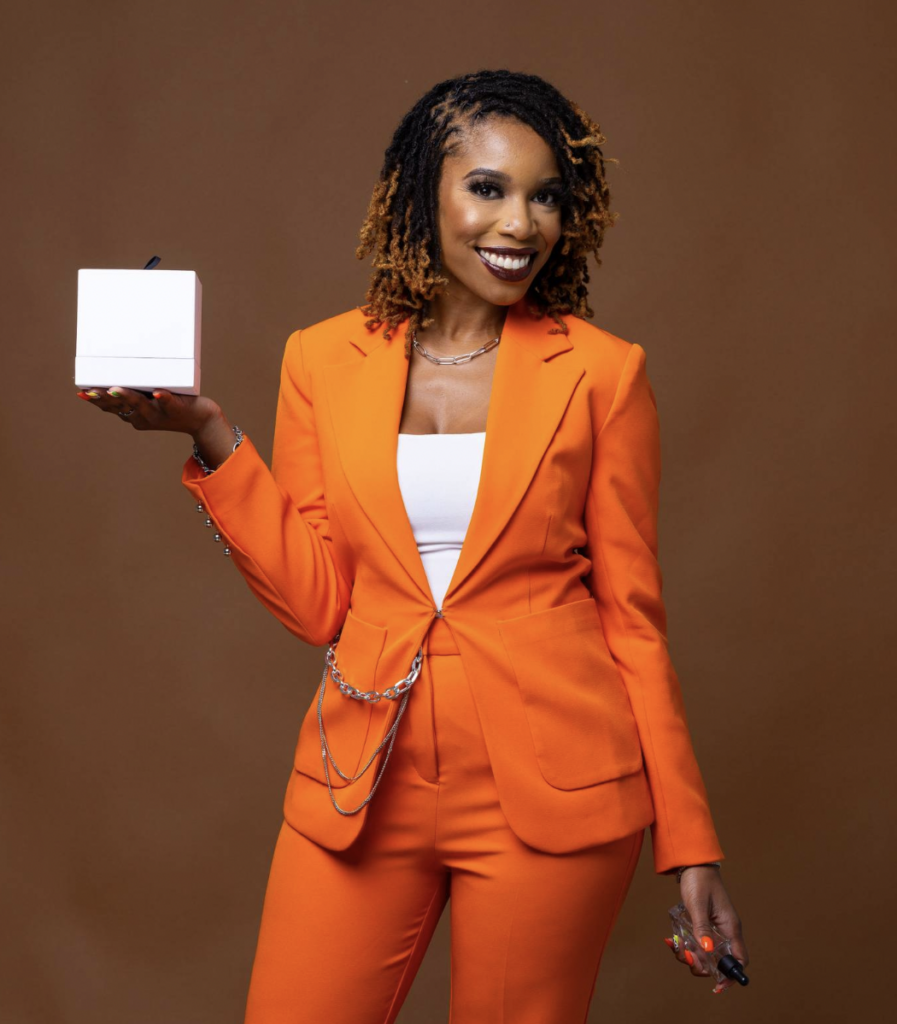
Megan Young Gamble, PMP® is a forward-thinking packaging and project management veteran with more than 10 years’ of experience transforming mere ideas into consumer product goods for today’s leading beauty, wellness, and personal care brands. Known amongst colleagues and clients for her perseverance and “see it through” mentality, Megan The Project ExecutionHER® is the owner and principal consultant of GLC, packaging & project execution team for CPG brands, Co-Owner of Pallet Pros, and Host of Product & Packaging Powerhouse Podcast.
- [FREEBIE] Learn about “day in the life” of a Packaging Project Manager → Get our “Starter Packaging PM Freebie” [link] https://glc.ck.page/thestarterpackagingprojectmanager
- Subscribe & Access our Video Vault YouTube Channel [ link] https://bit.ly/GLConYouTube
- Join our Email List [link] https://glc.ck.page/55128ae04b
- Follow and Connect with Megan on LinkedIn [link] https://linkedin.com/in/megangamble
- Learn about GLC, Packaging & Project execution firm for CPG brands http://www.getlevelconsulting.com
- Work with Me @ GLC, Schedule Discovery Call https://calendly.com/getlevelconsulting/15-minute-insight-session
